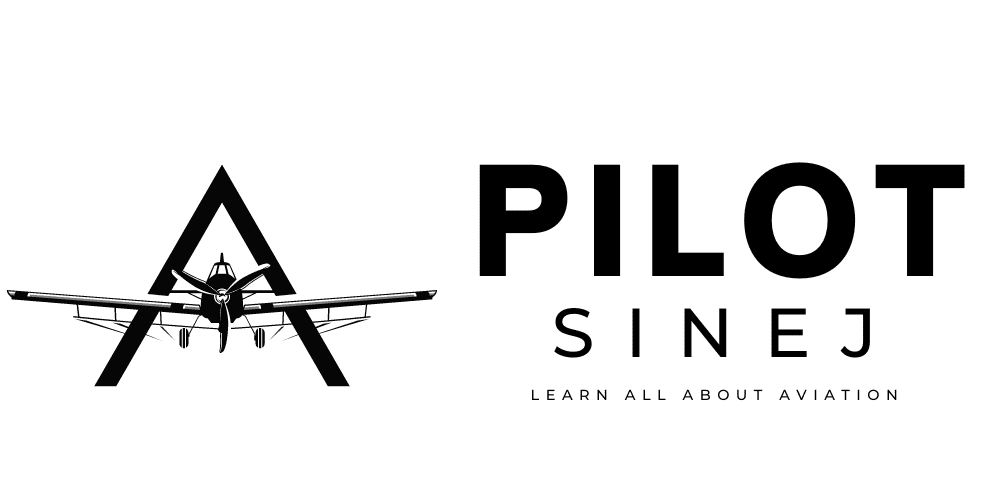The dream of soaring through the sky, guiding a complex machine with finesse and precision, is one shared by many. To translate this dream into reality, one needs to navigate the complex world of pilot licensing. Each license denotes a different level of proficiency, opening the door to new opportunities in the fascinating realm of aviation. In this blog post, we will embark on an exploratory journey, deciphering three fundamental types of pilot licenses: Private Pilot License (PPL), Commercial Pilot License (CPL), and Airline Transport Pilot License (ATPL).
Private Pilot License (PPL)
The first step in any aspiring aviator’s journey is often the Private Pilot License (PPL), which allows an individual to pilot an aircraft privately, for recreational or personal travel purposes.
Requirements
The PPL requires candidates to meet the following criteria:
- Minimum Age: 17 years old.
- Language Proficiency: English language fluency.
- Medical Fitness: Must pass a Class 3 medical examination.
- Flight Training: A minimum of 40-45 hours of flight time, with at least 20 hours of solo flight.
- Knowledge Test: Successfully complete the FAA written examination.
- Practical Test: Pass an oral exam and a flight test with an FAA examiner.
Privileges
A PPL grants the following privileges:
- Fly an aircraft under Visual Flight Rules (VFR), given it matches the type for which the license has been issued.
- Carry passengers, but without charging for the service.
Commercial Pilot License (CPL)
A significant leap from PPL, the Commercial Pilot License (CPL) allows pilots to earn remuneration for their skills, leading to broader career prospects in the aviation industry.
Requirements
Obtaining a CPL necessitates fulfilling these conditions:
- Minimum Age: 18 years old.
- Medical Fitness: Must pass a Class 2 medical examination.
- Flight Training: Accumulate a minimum of 250 flight hours, including 100 hours as pilot-in-command and 50 hours of cross-country flight.
- Knowledge Test: Successfully complete the FAA Commercial written exam.
- Practical Test: Pass an oral and flight test with an FAA examiner.
Privileges
A CPL bestows the following benefits:
- Act as pilot-in-command or co-pilot in commercial air operations, subject to type ratings and operator requirements.
- Receive compensation for flying services.
Airline Transport Pilot License (ATPL)
The Airline Transport Pilot License (ATPL), the zenith of pilot certification, enables pilots to command large commercial aircraft and is a requisite for most airline roles.
Requirements and Privileges
An ATPL requires meeting the subsequent benchmarks:
- Minimum Age: 23 years old.
- Medical Fitness: Must pass a Class 1 medical examination.
- Flight Training: Must log a minimum of 1500 hours of flight time, with specific experience criteria including night and instrument time.
- Knowledge Test: Pass the FAA ATP written exam.An ATPL affords these privileges:
- Act as a pilot-in-command or co-pilot in scheduled airline operations, contingent on operator requirements.
- Command multi-crew aircraft.
From the fundamental PPL to the highest ATPL, each type of pilot license carries its own unique requirements and privileges, marking different milestones in a pilot’s career. Understanding these licenses not only enriches our appreciation for the pilots who command our flights but also provides a clear roadmap for those dreaming of a life in the sky. No matter your aviation aspiration, remember – the sky isn’t the limit; it’s just the beginning.
- Practical Test: Successfully complete an oral and flight test with an FAA examiner.
